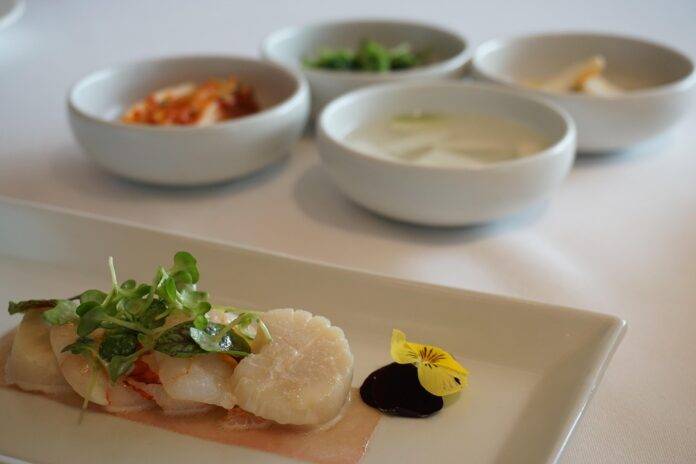The Rise of Alternative Seafood: Plant-Based & Cultivated Options
As concerns about sustainability, animal welfare, and environmental impact continue to grow, the demand for alternative seafood options is on the rise. Plant-based and cultivated seafood products offer a promising solution to these challenges, providing consumers with a more ethical and environmentally friendly choice. In this report, we will explore the current landscape of alternative seafood, including market trends, key players, and future outlook.
The Market Landscape
The global seafood industry is facing increasing pressure to address issues such as overfishing, bycatch, and habitat destruction. As a result, consumers are seeking out alternative seafood options that are more sustainable and ethical. Plant-based and cultivated seafood products are emerging as viable alternatives to traditional seafood, offering a way to satisfy consumer demand while reducing the environmental impact of fishing and aquaculture.
According to a report by Essfeed, the global plant-based seafood market is projected to reach $1.3 billion by 2027, with a compound annual growth rate of 28.5% from 2020 to 2027. This significant growth is driven by factors such as increasing awareness of the environmental impact of traditional seafood production, concerns about overfishing, and changing consumer preferences towards plant-based diets.
Key Players in the Market
Several companies are leading the way in the plant-based and cultivated seafood market, offering a wide range of products that mimic the taste and texture of traditional seafood. Some of the key players in the market include:
- Impossible Foods: Known for its plant-based meat products, Impossible Foods recently announced plans to expand into the seafood market with products such as plant-based shrimp and tuna.
- Good Catch: This company offers a variety of plant-based seafood products, including fish-free tuna and crab cakes, made from a blend of pea protein, chickpeas, lentils, and other plant-based ingredients.
- BlueNalu: A leader in cultivated seafood, BlueNalu is developing cell-based seafood products that are grown in a laboratory setting without the need for fishing or aquaculture.
Future Outlook
The future of alternative seafood looks promising, with continued growth expected in the plant-based and cultivated seafood market. As consumer awareness of the environmental impact of traditional seafood production grows, demand for sustainable and ethical seafood options is likely to increase. Companies that are able to innovate and offer high-quality, great-tasting alternative seafood products are poised to succeed in this rapidly expanding market.
Overall, the rise of alternative seafood represents a significant shift in the way we think about and consume seafood. By choosing plant-based and cultivated options, consumers can enjoy delicious seafood products without contributing to the negative environmental and ethical impacts associated with traditional seafood production.
Read: The Global Seafood Industry – Market Trends, Trade, and Future Outlook




